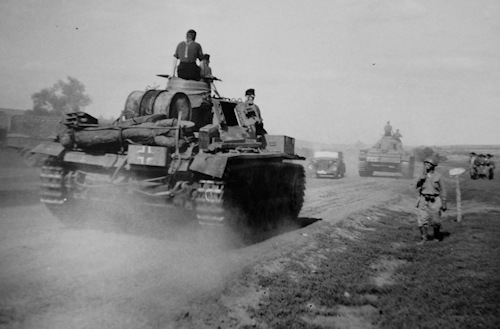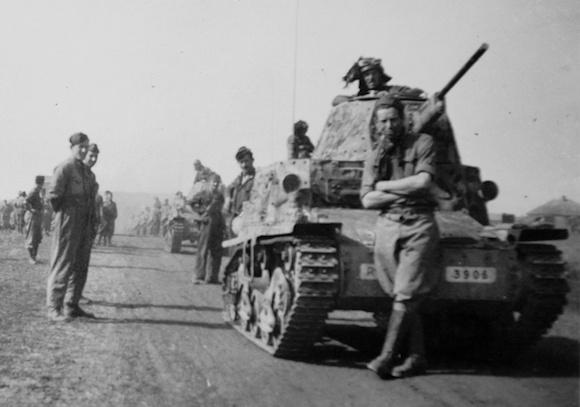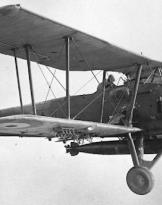Where the Don draws a bend in the section between Satonski and Serafimovich (Russian Fed), the first battle of encounter between the Italian armir units and the Russian tanks took place.
Serafimovich was a large village located south of the Don River. To the east of the built-up area there was a dense wood that occupied the northern part of the loop, bounded to the south by a ridge of two altitudes of 197 and 180 meters oriented from west to east, steep from north to south, so as to offer holds defense tactics. The right bank of the river (Italian-German area) was higher than the left one.
Italian task and forces
From 23 July 1942 the 3rd rapid division Prince Amedeo Duke of Aosta, detached from the 8th Italian army to the 6th German army and framed in the XNUMXth army corps, had received the task of eliminating as soon as possible the Russian bridgehead that was being organized on the right bank of the Don river at Serafimovich.
To approach the area of operations, the division command, reinforced by the 578th German infantry regiment, had divided the large unit into seven groups: 1st echelon and vanguard (XLVII Bersaglieri motorcycle battalion), II 75/27 group of the 120th artillery regiment; 2nd echelon composed of 3rd Bersaglieri regiment; 3rd echelon formed by the division command, engineer company and reinforcements; 4th echelon composed of the 120th artillery regiment (minus the 5nd group); 6th echelon 6th Bersaglieri regiment with reinforcements; 105th echelon LXII artillery group from 32/7 of CA; XNUMXth bracket made up of logistical services (health and field hospitals sections, subsistence, transport, etc.).

The enemy was now aware of the Italian-German alignment and due to the announced worsening of the weather conditions launched a double attack on July 30th.
The fight
The first attack, coming from the north, was conducted in the direction of altitude 210 where the tactical command of the German regiment was located. The attacking units consisted of 24 T-34 tanks; the second attack, coming from the east, was also carried out with BT.
The men of the rapid division thus found themselves facing an action by Russian armored vehicles for the first time. They, while they thinned out exploiting the ground, turned the action of their weapons, ineffective against the armor, towards the infantry that accompanied the action of the chariots.
While the Bersaglieri units engaged the Soviet infantry, the divisional artillery that was trained to the technique of aiming and direct shooting against moving targets, knocked out the chariots at short distances, effectively becoming an efficient undercarriage tool. This tactical response was not the result of chance, since May 1942 the 3rd rapid division it had been used in numerous experimental activities with infantry and artillery weapons against Soviet war-prey tanks that were destroyed on previous battlefields.
The fighting in the area, divided into two phases, lasted until 21 August, where the Italian units managed to eliminate the Russian bridgehead, even destroying the offensive potential of an entire opposing armored brigade, mainly exploiting the artillery.
 Although the Italian light units had suffered considerable losses the purpose of the operation was achieved although in inferiority of means. However, it should be noted that in this phase of the Russian campaign, Italy was a support component to the larger one of the German one, equipped with the armored component. Furthermore, the clash that took place in Serafimovich's loop allows us to value once again the importance of the study and exploitation of the land to conceal the artillery in ambush positions, as a first step in planning a military activity, as well as that of adapting the resources available to operational needs.
Although the Italian light units had suffered considerable losses the purpose of the operation was achieved although in inferiority of means. However, it should be noted that in this phase of the Russian campaign, Italy was a support component to the larger one of the German one, equipped with the armored component. Furthermore, the clash that took place in Serafimovich's loop allows us to value once again the importance of the study and exploitation of the land to conceal the artillery in ambush positions, as a first step in planning a military activity, as well as that of adapting the resources available to operational needs.
Based on the results obtained the artillery command of the division Prince Amedeo Duke of Aosta he drew the teachings and translated them into identified lessons in a memoir on the use of artillery in anti-tank shooting.
What is briefly treated offers a new vision and a new direction to face, serenely and from a technical-military point of view, the Russian Campaign. Comparing the technical data of the armaments between the forces in the field, the employment and the logistical aspects, could make us rethink many clichés such as a great classic of the Russian campaign: cardboard shoes and Italian unpreparedness!
Such insight would help to understand the military effort and the real state of the Italian forces employed, without dwelling only on the events of the retreat.

Photo: Defense Online












